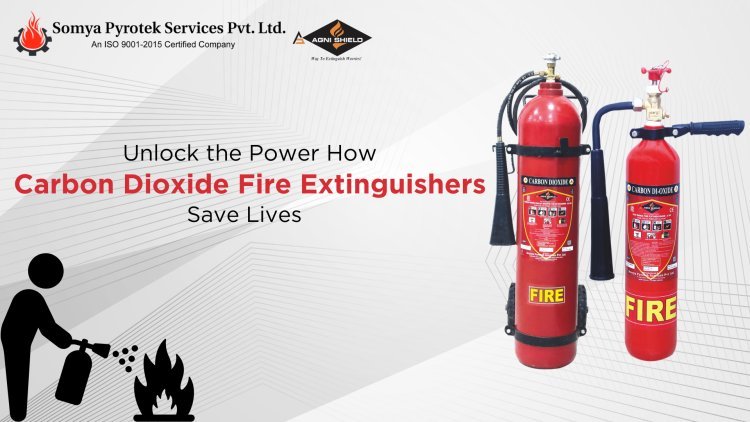Unlock the Power: How Carbon Dioxide Fire Extinguishers Save Lives
Carbon dioxide fire extinguishers are a vital tool in combating fires, especially those involving electrical equipment or flammable liquids like gasoline or diesel fuel. These devices have been saving lives for decades by effectively suppressing flames without causing further damage.

Introduction
Carbon dioxide fire extinguishers are a vital tool in combating fires, especially those involving electrical equipment or flammable liquids like gasoline or diesel fuel. These devices have been saving lives for decades by effectively suppressing flames without causing further damage.
What Makes CO2 Extinguishers Unique?
CO2 extinguishers stand out due to their ability to displace oxygen from around fires, thereby starving them of fuel needed for combustion:
- Non-Conductive: Ideal for use near live electrical equipment as they do not conduct electricity.
- No Residue: Leaves no residue after use, making them perfect for protecting sensitive electronics.
How Do They Work?
The operation is straightforward yet effective:
- Stored as a liquid under pressure within the cylinder.
- When activated, pressure drops rapidly converting liquid into gas form.
- Discharged gas displaces oxygen around flames suffocating them without cooling effects seen in water-based systems.
Advantages Over Other Types
CO2 extinguishers offer several benefits over traditional water or foam units:
- Suitable for Class B (liquid) and Class C (electrical) fires.
- No risk of short circuits when used on live electrical equipment.
- Easy maintenance with less frequent servicing required compared to other types.
However, they should be avoided in confined spaces due to potential asphyxiation risks if proper ventilation isn’t ensured during discharge operations!
Where Are They Typically Used?
These extinguishers are commonly found where there’s an increased risk associated with electrical equipment or flammable liquids:
- Server rooms
- Laboratories
- Commercial kitchens (though not recommended for cooking oil-based fires)
- Offices equipped with extensive electronic setups
In many settings like offices or retail spaces,
they’re paired alongside water/foam units covering broader risks including solid combustible materials.
Conclusion
Carbon dioxide fire extinguishers serve as critical tools against specific hazards such as electrical blazes and certain Class B liquid-based incidents—offering non-conductive properties while leaving behind no residues post-use—a significant advantage over traditional methods involving moisture which could potentially harm sensitive machinery components further exacerbating any existing situation at hand today!
What's Your Reaction?












